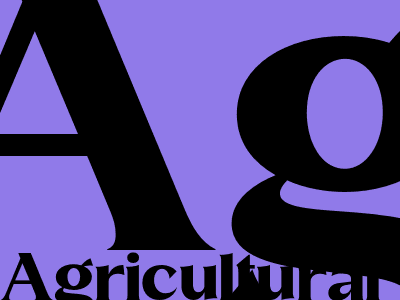Agricultural Relief: A Lifeline for Farmers in Crisis
Navigating the Challenges in a Changing Agricultural Landscape
The agricultural industry is facing unprecedented challenges, from extreme weather events and climate change to unpredictable market conditions. These factors have put significant strain on farmers, threatening their livelihoods and the stability of our food systems. In response to these challenges, governments and organizations worldwide are implementing agricultural relief programs aimed at providing support and resilience to farmers in need.
Types of Agricultural Relief Programs
Crop Insurance:
Crop insurance offers financial protection to farmers against crop losses due to natural disasters or other uncontrollable events. By paying premiums, farmers can mitigate the risks associated with unpredictable harvests and ensure stability in their income.
Disaster Assistance:
In the aftermath of extreme weather events or natural disasters, disaster assistance programs provide immediate financial aid to affected farmers. This assistance can cover crop losses, livestock damage, and infrastructure repairs, helping farmers recover and rebuild.
Income Support:
Income support programs provide direct payments to farmers to supplement their incomes. These programs aim to stabilize farm incomes and ensure the financial viability of agricultural operations.
Market Stabilization:
Market stabilization programs are designed to regulate agricultural markets and prevent extreme price fluctuations. Through measures such as price supports and supply management, these programs aim to provide farmers with fair prices for their products and reduce the risks associated with market volatility.
Eligibility and Application Process
Eligibility for agricultural relief programs varies depending on the specific program and country. Farmers typically need to meet certain criteria, such as ownership or management of a farm, having sustained crop or livestock losses, or experiencing financial hardship. The application process usually involves submitting relevant documentation and meeting with program representatives.
Benefits of Agricultural Relief
Financial Stability:
Agricultural relief programs provide farmers with financial assistance, which helps them manage risks, overcome challenges, and maintain their operations.
Risk Management:
Crop insurance and disaster assistance programs help farmers mitigate the risks associated with unpredictable events, providing them with a sense of security and peace of mind.
Income Security:
Income support programs supplement farmers' incomes, ensuring their financial stability and reducing the likelihood of farm closures.
Market Stability:
Market stabilization programs help create fairer and more stable market conditions for farmers, reducing the impact of price volatility and improving their profitability.
Conclusion
Agricultural relief programs are essential lifelines for farmers facing a multitude of challenges. By providing financial assistance, risk management, and income security, these programs help farmers sustain their operations, protect their livelihoods, and contribute to the stability of our global food systems.

Comments